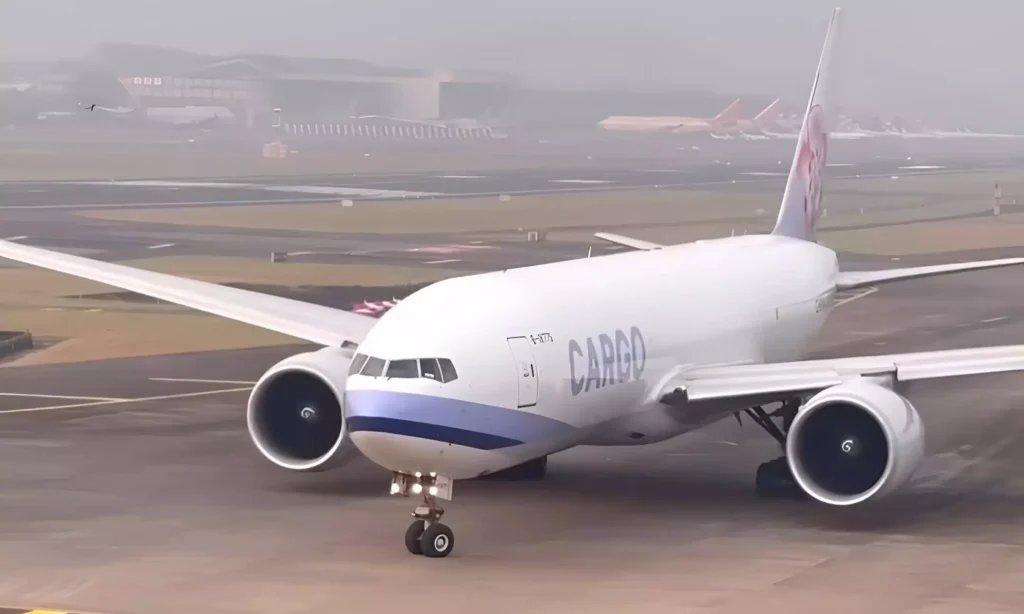International trade between China and Canada continues to expand rapidly. Businesses increasingly rely on a professional logistics service China to Canada to move goods efficiently, safely, and on time. Reliable partners help manage customs, transportation, and delivery while minimizing costs and delays.
Why Efficient Logistics Service Matters
Every business shipping from China to Canada faces challenges—long distances, customs clearance, and fluctuating rates. Timely coordination across sea, air, and express channels ensures goods arrive without delay. Moreover, a professional logistics partner simplifies paperwork, optimizes transport modes, and keeps costs predictable.
A single delayed shipment can impact the entire supply chain. Consequently, companies now prioritize logistics providers that combine tracking visibility, competitive pricing, and comprehensive delivery coverage across Canadian cities.
Shipping Methods from China to Canada
Different shipping methods suit different cargo types and budgets. The table below summarizes their costs, transit times, and best uses.
| Shipping Method | Average Transit Time | Cost Range (per kg or CBM) | Best For | Key Advantage |
|---|---|---|---|---|
| Air Freight | 5–10 days | $6–$10/kg | Electronics, urgent goods | Fastest delivery |
| Sea Freight (FCL/LCL) | 25–40 days | $50–$120/CBM | Bulk cargo, furniture | Lowest cost per unit |
| Express Courier (DHL/UPS) | 3–7 days | $8–$12/kg | Small parcels | Door-to-door service |
| Rail Freight (via Vancouver) | 18–25 days | $120–$180/CBM | Stable cargo volume | Eco-friendly |
Selecting the right option depends on cargo volume, urgency, and delivery location. For instance, Vancouver and Toronto often serve as primary entry points due to efficient port and rail networks.
Typical Logistics Costs and Factors Affecting Rates
Freight rates vary depending on container size, weight, route, and service level. Seasonal demand and fuel costs also influence pricing. The table below outlines average costs and influencing factors.
| Factor | Description | Effect on Cost |
|---|---|---|
| Cargo Type | Electronics, textiles, furniture | Hazardous or delicate goods cost more |
| Incoterms | EXW, FOB, CIF | Determines who pays freight and insurance |
| Destination City | Vancouver, Toronto, Montreal | Inland delivery increases cost |
| Transport Mode | Air, Sea, Rail | Sea is cheapest, air is fastest |
| Seasonal Demand | Holidays, trade peaks | Can raise rates by 10–20% |
Therefore, shippers should plan schedules early to secure better freight rates and reduce seasonal surcharges.
Customs, Taxes, and Import Procedures
Importing from China to Canada requires compliance with Canadian Border Services Agency (CBSA) regulations. Importers must present a Commercial Invoice, Packing List, and Bill of Lading.
Below is a checklist for customs documents:
| Required Document | Purpose | Issued By |
|---|---|---|
| Commercial Invoice | Declares value and quantity | Supplier |
| Packing List | Details product packaging | Supplier |
| Bill of Lading | Confirms transport contract | Shipping line |
| Certificate of Origin | Confirms country of manufacture | Chamber of Commerce |
Proper documentation ensures faster clearance and prevents demurrage or inspection delays. In many cases, logistics providers assist in filing and submitting customs data electronically.
Real Case Studies: China to Canada Logistics
Case 1: Electronics Shipment (Shenzhen → Toronto)
- Cargo Type: Consumer electronics, 1.2 tons
- Mode: Air freight
- Cost: Approx. $8,000
- Transit Time: 7 days
- Details: Goods shipped from Shenzhen via Hong Kong to Toronto Pearson Airport. Real-time tracking and customs pre-clearance reduced delivery time by 2 days.
Case 2: Furniture Order (Foshan → Vancouver)
- Cargo Type: Wooden furniture, 22 CBM
- Mode: Sea freight (FCL 20ft container)
- Cost: Approx. $2,200
- Transit Time: 28 days
- Details: Cargo transported from Foshan to Yantian Port, then shipped to Vancouver. Customs handled under CIF terms with warehouse delivery included.
Comparing Air, Sea, and Rail Freight
Each transport mode offers distinct advantages. The comparison below highlights their differences.
| Aspect | Air Freight | Sea Freight | Rail Freight |
|---|---|---|---|
| Speed | Fastest | Slowest | Medium |
| Cost | Highest | Lowest | Moderate |
| Capacity | Limited | Very large | Medium |
| Best For | Urgent goods | Bulk cargo | Balanced shipments |
| Reliability | High | Moderate | High |
While air freight guarantees quick delivery, sea freight remains cost-effective for large volumes. Rail freight, on the other hand, provides a sustainable alternative with reasonable timing.

How to Choose the Right Logistics Provider
Selecting the right logistics partner can determine shipment success. Evaluate providers based on these factors:
- Network coverage in both China and Canada
- Transparent pricing and no hidden fees
- Customs handling experience
- Real-time tracking tools
- Reliable after-sales support
Furthermore, confirm their ability to manage different Incoterms, from EXW factory pickup to DDP door delivery. Experienced freight forwarders often integrate warehousing, insurance, and customs brokerage under one service.
Logistics Trends between China and Canada
Trade patterns show that electronics, furniture, and clothing dominate the export mix. Additionally, e-commerce has driven growth in small-parcel shipping, particularly through express channels.
Recent logistics trends include:
- Increased use of hybrid shipping (air + rail)
- Digital freight booking platforms
- Greater demand for carbon-efficient transport
- Expansion of bonded warehouse services in Toronto and Vancouver
Without a doubt, automation and AI-powered route optimization are reshaping how logistics service providers manage costs and predict delivery times.
Conclusion
In summary, an effective logistics service China to Canada ensures reliable transit, competitive pricing, and seamless customs clearance. Businesses benefit from customized solutions designed for air, sea, and express modes. With strategic planning, shippers can reduce delays, improve cost control, and strengthen global supply chains.
- Consult TJ China Freight Forwarding for the lowest quote. They will provide you with reliable, cost-effective service.
FAQs
Q1.What is the cheapest shipping method from China to Canada?
Sea freight offers the lowest cost, especially for bulk cargo over 10 CBM, making it ideal for non-urgent shipments.
Q2.How long does air freight from China to Canada take?
Air freight typically requires 5–10 days depending on route, customs clearance, and flight availability across major airports.
Q3.Can small e-commerce parcels be shipped easily?
Yes. Express couriers such as DHL, UPS, and FedEx handle small parcels with quick customs and tracking support efficiently.
Q4.Do I need import licenses for shipping goods?
Some products need permits under CBSA rules. Always verify classification and obtain proper authorization before importation.
Q5.Which ports handle most cargo between both countries?
Yantian, Ningbo, and Shanghai in China, plus Vancouver and Montreal in Canada, process the majority of trade volume annually.





